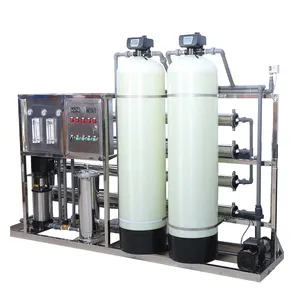Popular in your industry

































Top categories
About boring bar for milling machine
A boring bar for milling machines is a tool used to enlarge and refine existing holes or cut a precise cylindrical bore in a workpiece during the machining process. It is an essential tool for applications where hole diameter and concentricity are critical. A boring bar is typically employed in conjunction with a boring head milling machine and can be customized to achieve different bore sizes and depths according to the specific requirements of the project.
Types of boring bars for milling machines
In terms of design, there are several types of boring bars, each catered to different machining needs. For instance, solid carbide boring bars are known for their durability and resistance to wear, making them suitable for high-speed machining. On the other hand, indexable insert boring bars offer versatility and cost-effectiveness, allowing for easy replacement and reconditioning of cutting edges. Additionally, adjustable boring bars, as the name suggests, provide the flexibility to change the boring diameter through adjustable mechanisms, enhancing their adaptability in various operations. Furthermore, modular boring bars consist of multiple components that can be assembled in different configurations, enabling customization and efficient machining of complex workpieces. Each type of boring bar offers distinct advantages, making them suitable for specific machining applications.
How to use a boring bar for milling machines
First, select the appropriate mill boring bar based on the required bore diameter and depth. Ensure the tool is properly secured in the boring head milling machine to minimize vibration during operation. Next, align the boring bar with the center of the workpiece and adjust the cutting parameters, such as speed and feed rate, based on the material being machined. Once the setup is complete, initiate the cutting operation by gradually feeding the boring bar into the workpiece. It is crucial to monitor the process for any signs of chatter or tool deflection and make adjustments as necessary. After completing the bore, retract the boring bar carefully and inspect the dimensional accuracy of the machined hole using precision measuring tools. Properly maintaining the boring bar, such as regular sharpening or replacing worn inserts, is essential to ensure consistent performance and prolong tool life.
Advantages of using a boring bar for milling machines
The primary benefit of using a boring bar is the ability to achieve high-precision bores with tight tolerances, ensuring the accuracy of machined components. Additionally, boring bars offer versatility in creating bores of various sizes, eliminating the need for multiple tools and streamlining the machining process. The use of adjustable boring bars for milling machines provides flexibility in adapting to different workpiece requirements, enhancing operational efficiency. Moreover, the use of indexable inserts in some boring bars allows for cost-effective tool maintenance, as only the inserts need replacement, reducing overall tooling expenses. Furthermore, the durability and longevity of high-quality boring bars contribute to their cost-effectiveness over the long term. With these advantages, the boring bar is an indispensable tool for precision machining processes in industries such as aerospace, automotive, and general manufacturing.





























